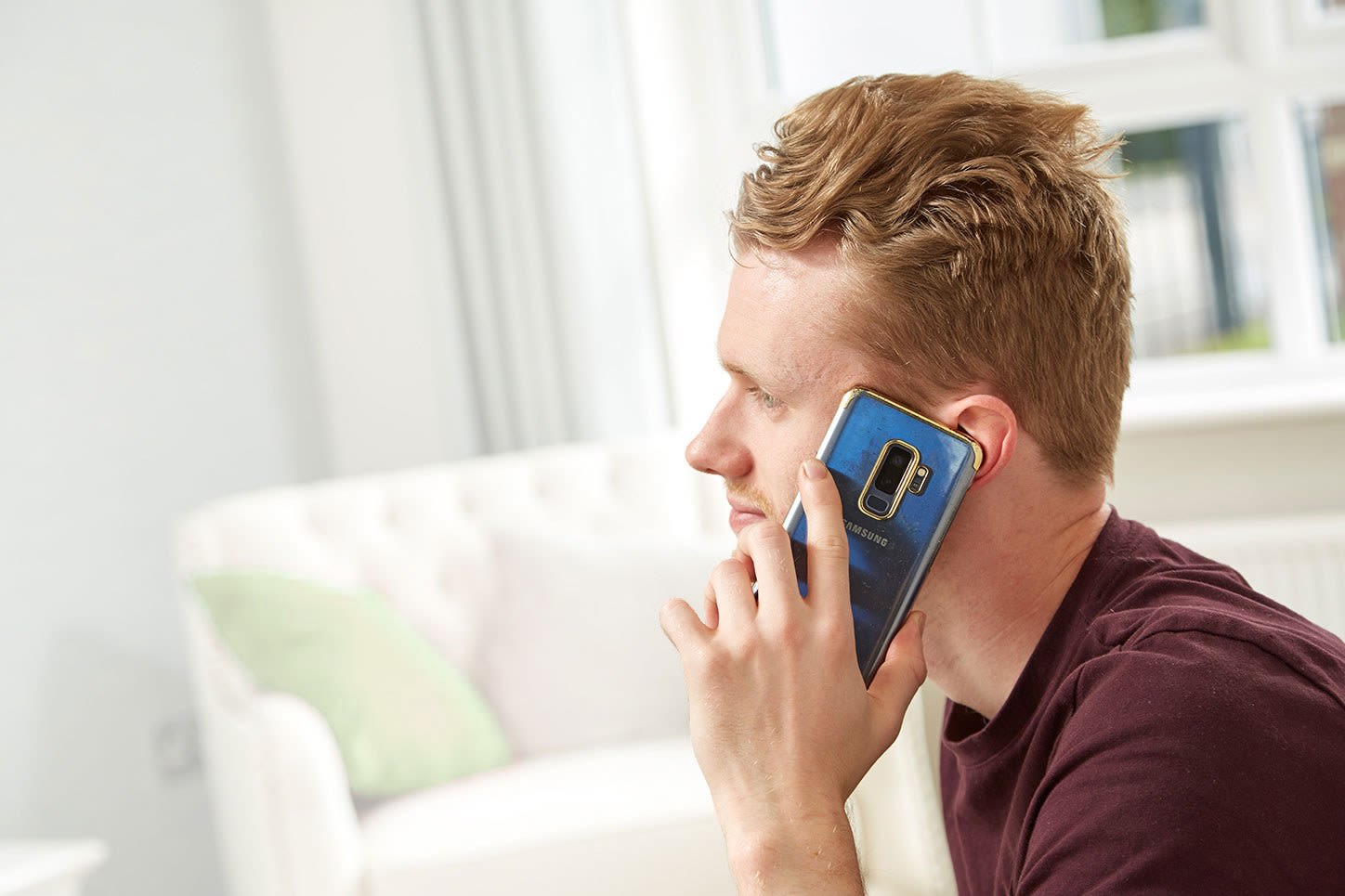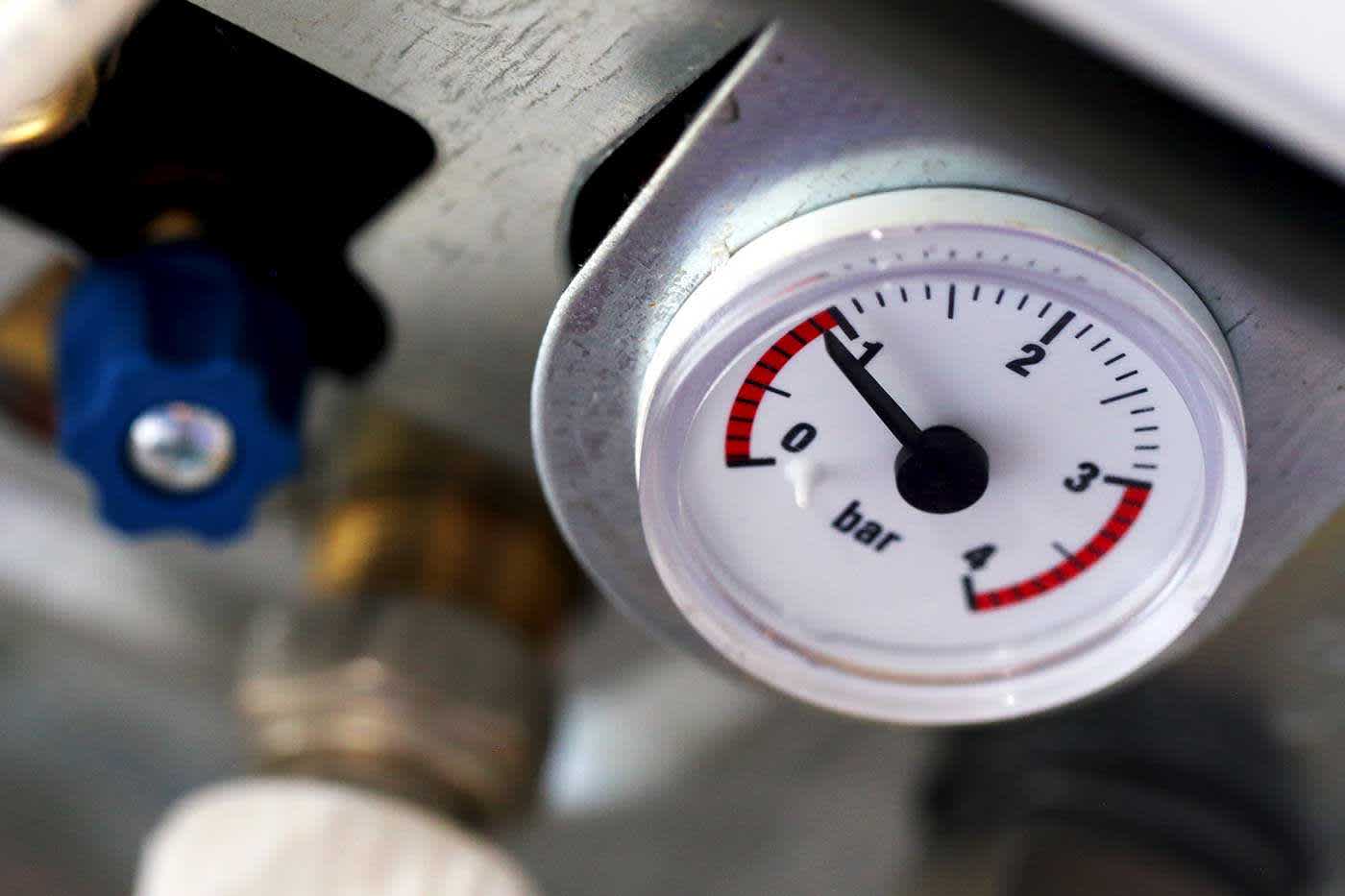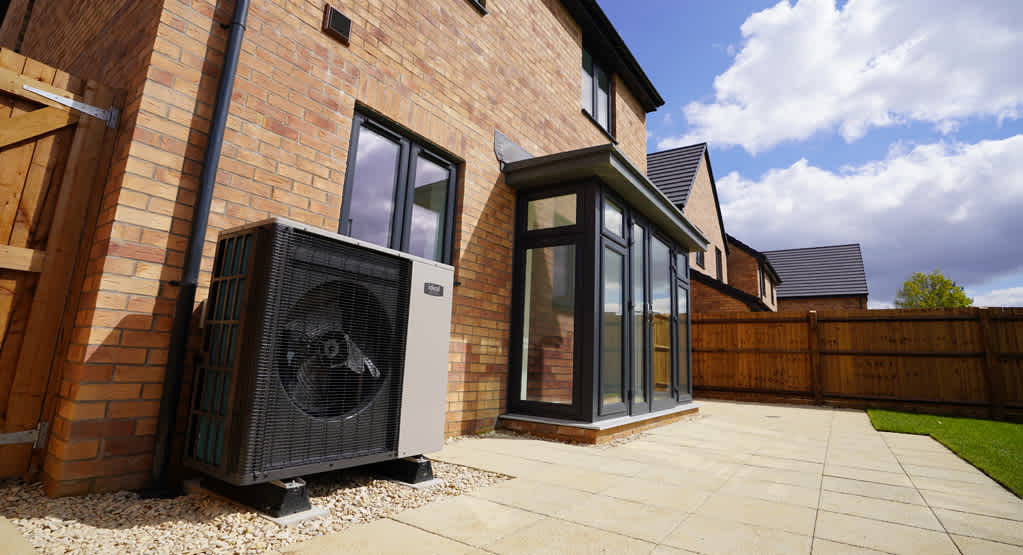
What is a boiler flue and how do they work?
Most boilers burn gas to heat water, which in turn circulates around the central heating and hot water cylinder, or alternatively sends water direct to the hot taps in a Combi boiler. That creates excess heat and produces some unwanted by-products that need to be vented safely away by a flue. Here we’re going to look at what as flue is, what it does and some regulations around its placement.
What is a boiler flue?
The boiler flue is essentially the boiler’s chimney, but instead of smoke and soot being channelled away from the inside of the home, it’s mainly carbon dioxide and water vapour that’s emitted.
There are, however, small traces of other, even less welcome, substances produced by a boiler, especially one that’s not working efficiently. Most serious of these is carbon monoxide, which is a colourless, odourless gas that can be deadly if inhaled. It’s the reason all households should have a carbon monoxide alarm as well as a smoke alarm. Another potential by-product is nitrous oxide, which is less dangerous but can cause respiratory problems.
If placed properly and within the legal regulations, your boiler’s flue sends all these gases safely outside into the atmosphere, away from the inside of your house and a safe distance from the ground and the general public (if your wall touches a road or pavement outside).
How does a flue work?
The flue is simply a piece of pipework or duct that moves gases and hot air from the combustion chamber of the boiler to outside.
With condensing boilers, the flue is effectively part of the heating system, as it is the heat from the burned gases that starts warming the returning water from the system. While the incoming water is getting warmer, the hot combustion gases are losing some of their heat energy to it, which is how the water vapour in the flue gases might even turn back into liquid water, hence the name “condensing” boilers. It’s partly why condensing boilers are so efficient.
In most modern boiler applications, the flue passes horizontally through the wall the boiler is mounted on. Boilers located outside have a different flue arrangement that keeps them in line with regulations. Some boilers, especially oil burners, usually have their flue going vertically through the roof. You will probably also need a vertical flue if your boiler is being placed somewhere other than on an external wall.
A vertical flue will need to have a cover on top to prevent rain, leaves, snow and other potential causes of blocking from entering it, while still letting the gases escape safely. Horizontal flues generally don’t need a cover, although if it’s placed close to a tree, it’s a good idea to have a guard around it to stop leaves from getting into it. A blocked flue is dangerous as the gases will have nowhere to go except back into the home.
Flue regulations
Because the gases coming out of a flue are potentially toxic and hot, there are some important regulations surrounding how and where they are placed. These rules are to prevent noxious gases from returning into your home or your neighbours’ homes, and to protect you, your neighbours and the public from the hot gases that could easily scald someone. To ensure minimum safety standards are met, a flue must be certain distances from windows, air bricks, openings, corners and the ground. Some examples of these distances are:
2.1 m above ground level if facing public thoroughfare or frequently used pathway
300 mm below, above or alongside an opening window, air vent or other ventilation opening
75 mm below guttering, drain pipes or soil pipes
200 mm below eaves (roof overhang)
300 mm above ground, roof or balcony level
2000 mm below a Velux window (for a vertical flue)
300 mm above roof pitch or flat roof (for a vertical flue)
Note that more powerful boilers might require larger clearances between the flue and the relevant object; the figures above are minimum clearances for typical domestic boilers. Also please note that these regulations are subject to review and change.
For the most part, domestic homeowners will not need to know the specifics of these safety measures, as a Gas Safe installer should understand and apply them when installing a new boiler. However, if you live in rented accommodation and suspect your flue is misplaced, you should contact your landlord as it could be unsafe for occupants and passers-by, and might even suggest that the boiler was not installed by an approved engineer.
Checking your flue
It’s good practice to occasionally check your flue, especially if there has recently been windy weather, particularly in Autumn. Leaves can get stuck inside them, and they will need to be removed immediately.
The effectiveness of your flue will be among the most critical elements of your annual service. The engineer will check that the flue is not blocked or in any way restricted, and that it’s doing its job properly and efficiently. If you haven’t had your boiler inspected and serviced in the past 12 months, use our installer finder to locate a local fitter. Make sure you know the make and model of your boiler, as the fitter might specialise in other brands. All the ones in our directory are approved to work on Ideal Boilers.


















